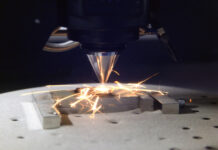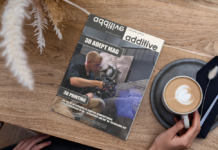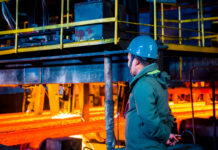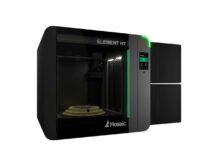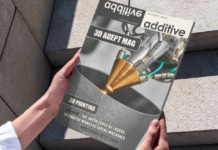The imperative of cybersecurity in Additive Manufacturing
Due to its strong reliance on digital data files and connectivity, AM by nature is subject to significant security exposures, from product malfunctions to...
The importance of lasers in AM machines
Acknowledged as one of the most effective energy sources, lasers play a crucial role in different fields and Additive Manufacturing is no exception to...
Approval of medical 3D printed products and their market access
“Just because you can print it doesn’t mean you can use it.”
While the healthcare and medical industries are the first sectors to propel the...
The potential of metamaterials for (medical) Additive Manufacturing
Remember when we said that the true success of an application usually depends on an underappreciated component: material? Well, the more AM advances, the...
Download the 2024 July/August edition of 3D ADEPT Mag
The more we witness new developments enabled by Additive Manufacturing (AM), the more our wording evolves. At this stage of the technology maturity, we,...
The use of HIP for critical 3D printed parts: introduction and applications
Hot isostatic pressing (HIP) is a process used to reduce porosity and increase density in powders, cast and sintered parts in a furnace at...
Business | The “fall and rise” of desktop 3D printing
3D printing may have started with desktop 3D printers but the current demand for more industrial applications is raising a lot of debates on...
Download the May/June 2024 edition of 3D ADEPT Mag
This new edition of 3D ADEPT Mag is a reminder that sometimes, real-life principles can unconsciously be applied to manufacturing concepts. Some people often...
How does AM transform aircraft design and production today?
It is no secret that an aircraft is a complex system that involves a long list of interior and exterior components designed to maintain...
Using composites to replace metal parts in Additive Manufacturing: when and how?
Metal 3D printing has proven so many times its efficiency across applications that it’s almost always mentioned as the route to go in demanding...




